Inspiration is the heartbeat of fashion. Whether you’re a student working on a class project, a designer creating your next collection, or a professional seeking fresh ideas, knowing where to look can make all the difference. Here’s a guide to the best resources and platforms to spark your creativity and elevate your work.
Where to Find Inspiration for Your Fashion Projects, School, or Work
First, Understand What Your Project Is About
Before diving into your research, take a moment to clearly understand the focus of your project. Knowing what’s required will guide you to the right resources and save you time.
- Marketing Projects: If your project revolves around marketing, focus your research on campaigns, events, and brand strategies. Look at recent advertising campaigns, social media initiatives, and PR events organized by the brand. Study how they communicate their story and connect with their audience.
- Fashion Design Projects: For design-related tasks, dive into archives of past collections, design sketches, and fabric experimentation. Study iconic collections, mood boards, and designer interviews to understand their creative processes.
- Styling Projects: If your project involves creating looks, focus on street style photography, fashion magazines, and celebrity wardrobes. Pay attention to how outfits are put together, the choice of accessories, and color combinations.
Understanding the purpose of your project helps you target your research efforts and find inspiration that’s relevant and impactful.
Once you have identified the purpose of your project then you can start your research based on what you need.
Where to Find Fashion Inspiration
1. Industry Reports and Databases
For deep insights into trends, market analysis, and consumer behavior, turn to industry reports and fashion-specific databases. These are invaluable when working on projects related to business, marketing, or merchandising.
Recommended Resources:
- Business of Fashion (BoF)
- WGSN
- Euromonitor International: Excellent for market analysis and statistics.
- Statista: Provides data and graphs on global fashion markets.
- Glam Observer: Besides fashion career advice, we talk about fashion history and unveil interesting behind-the-scenes of the industry
- 365 days of fashion: A daily newsletter with case studies of brands/trends, business insights and fashion history straight into your inbox 5 times per week.
2. Fashion Magazines and Editorials
Magazines aren’t just for casual reading—they’re also treasure troves of inspiration and information. From high-fashion editorials to emerging talent features, these publications keep you up to date with industry trends.
Recommended Resources:
- Vogue Archives: Dive into decades of fashion history with Vogue’s digital archives.
- Print copies and official websites
- Check your local library as well as often you can find issues from the past years there
3. Designer and Brand Websites
Directly visiting designer or brand websites is a great way to learn about their latest collections, campaigns, and philosophies. Many brands also have press sections where you can download lookbooks and press releases for free.
4. Fashion Shows and Runway Collections
The runway is where trends are born. Watching fashion shows, both past and present, is one of the best ways to understand the evolution of style and find inspiration.
I think it is very interesting to compare how brands have evolved over time.
Where to Watch:
- Vogue Runway: Explore collections from top designers.
- YouTube: Search for recent and historical fashion week videos.
- Designers’ Websites: Many brands upload their full runway shows and behind-the-scenes footage.
5. Museum Archives and Fashion Libraries (including online ones!)
Museums and fashion libraries often have digital archives that let you explore historical garments, design sketches, and textiles. These are perfect for projects that involve historical research or design inspiration.
Recommended Resources:
- The Met’s Costume Institute Collection Online: Access to iconic pieces from the Met’s collection.
- Victoria and Albert Museum (V&A): A vast collection of textiles, fashion, and accessories.
- Fashion Institute of Technology (FIT): Offers online access to selected archives.
Several prestigious fashion houses and institutions offer free access to their exhibitions and archives through Google Arts & Culture. These virtual experiences allow you to explore iconic collections and gain insights into the history and artistry of leading brands like Chanel and Balenciaga.
Google Arts & Culture: Must-See Fashion Exhibitions
1. Chanel – The Making of a Collection
- Overview: This exhibition explores the meticulous craftsmanship behind Chanel’s haute couture collections, showcasing the creative process from sketch to runway.
- Link: Coco Chanel: Modernism, Coco Chanel: Romanticism
- Highlights:
- Behind-the-scenes insights into ateliers.
- Videos and imagery of iconic collections.
2. Balenciaga: Master of Couture
- Overview: Dive into the legacy of Cristóbal Balenciaga, focusing on his timeless designs and innovative techniques.
- Link: Balenciaga on Google Arts & Culture.
- Highlights:
- Virtual galleries featuring his groundbreaking silhouettes.
- Detailed images of fabrics, embroidery, and craftsmanship.
6. Online Learning Platforms
Sometimes, you need more than just information—you need to learn a new skill or understand a complex concept. Online platforms tailored for fashion can help.
Recommended Resources:
- Glam Observer Fashion Academy: Courses like our Break Into the Fashion Industry and Excel for Fashion teach real-world skills.
- MasterClass: Lessons from iconic professionals like Marc Jacobs and Anna Wintour.
- YouTube: Channels dedicated to fashion history, design tutorials, and more.
7. Social Media and Digital Platforms
Social media is more than a distraction—it’s a tool. Platforms like Instagram, Pinterest, and TikTok are excellent for gathering visual inspiration and following real-time trends.
Pro Tips:
- Follow hashtags like #FashionHistory, #SustainableFashion, and #TrendForecasting.
- Fashion photographers and stylists.
- Designers sharing behind-the-scenes content.
- Influencers showcasing personal style.
8. Books and E-Books
Don’t underestimate the value of books in fashion research. Whether you’re looking for technical know-how, design inspiration, or business insights, books are an evergreen resource. In this article, you will find plenty of recommendations.
9. Academic Journals and Papers
For in-depth and scholarly information, academic journals are an excellent resource.
Where to Look:
- Google Scholar: Search for free academic papers.
- JSTOR: Offers access to fashion-related research.
How to Stay Organized
With so many sources, it’s important to stay organized in your fashion research. Here’s how:
- Use tools like Notion or Evernote to save and categorize your research.
- Keep a dedicated Pinterest board or digital mood board for visual inspiration.
- Bookmark key resources for easy access.
Inspiration for your fashion projects, school or work can be found anywhere and mostly for free! To make your research process complete and fruitful, understand what your project is about and use a combination of resources to broaden your perspective.
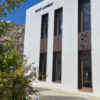


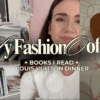
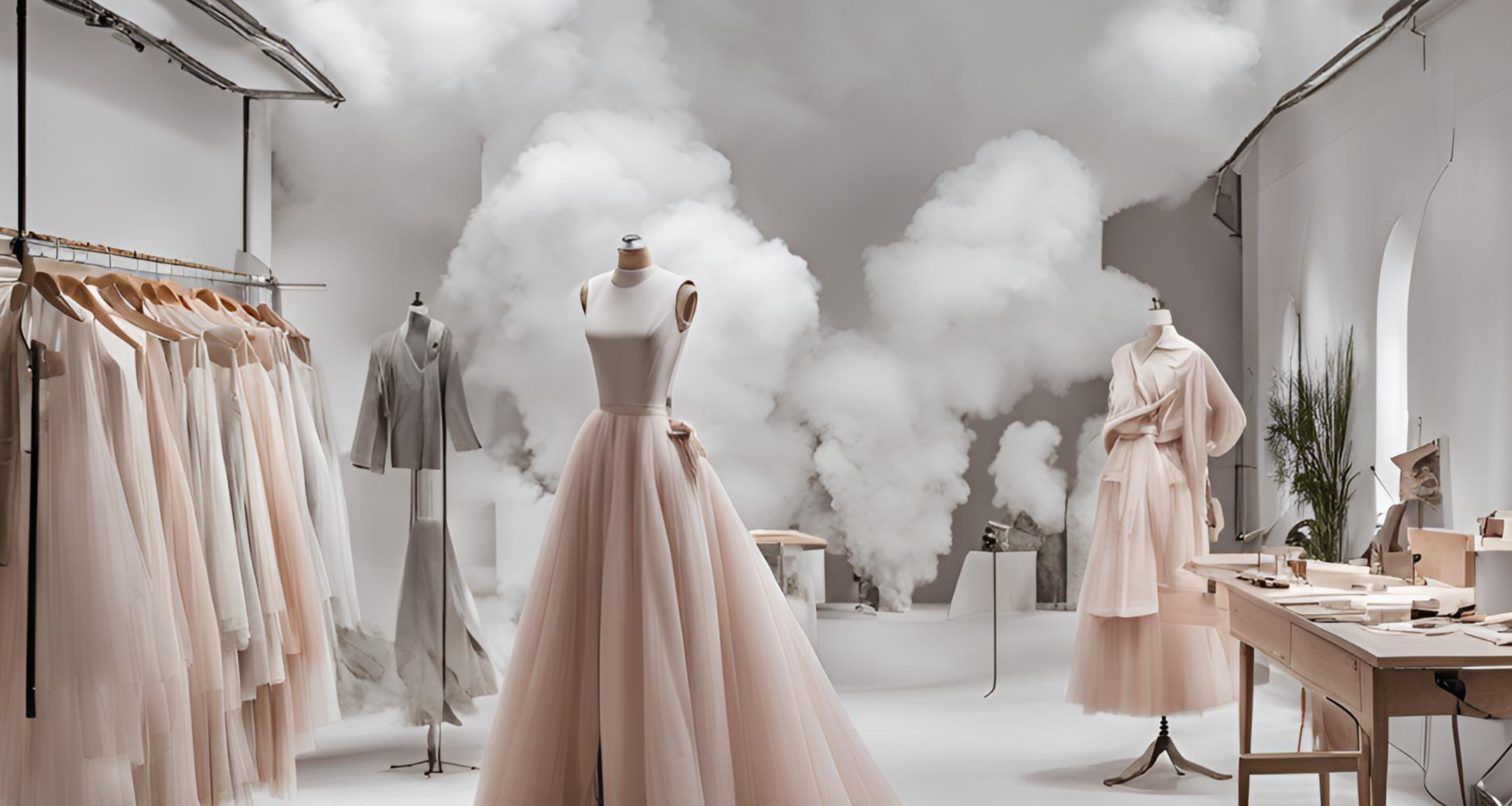
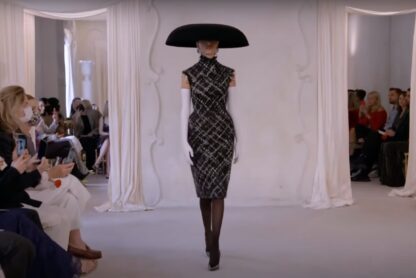
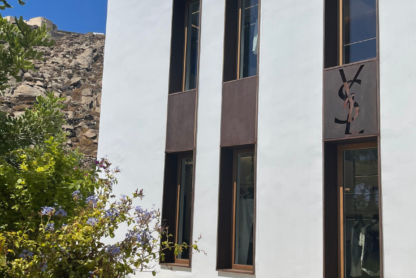
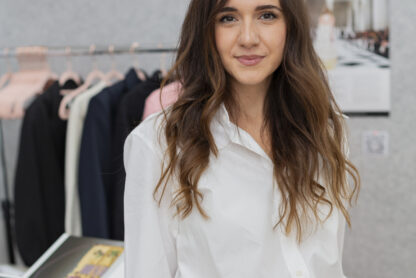

Future trading signals are a powerful way to predict market moves and make better trading decisions. future trading signals binance
GALuft is your professional and reliable partner for rental, maintenance and sales of air purifiers, dehumidifiers, construction dryers, asbestos vacuum cleaners and measuring technology. Our offer is aimed at commercial, industrial and trade sectors in order to meet a wide range of requirements efficiently and reliably. trotec luftentfeuchter
This is a really important trend, because online dating is more convenient, simpler and often much more promising. There are no more geographical boundaries or other restrictions. tinder badoo
The crypto world is expanding with numerous additions of online trading platforms. Most platforms are legit and offer great returns, offering a good way of earning and maximizing profits. insta corvex ai
It has given me the idea to think more on this topic. Very nice work. dad jokes funny
The crypto trading market is expected to grow to more than $45 billion by 2025. The statistics illustrate that the market holds great potential and traders must take charge using online trading platforms. immediate matrix australia
We use high-quality cleaning solutions that are safe for you, your pets and your carpets and upholstery. carpet cleaning essex
Your choice is good and have mentioned the most discussed topic in your article. Keep it up WOPET CA10
Founded in 2010, HSM is a leading innovator in compression sofa manufacturing. For over a decade, we’ve been dedicated to blending style, comfort, and space-saving solutions, achieving a production scale that ranks among the top in our industry. Plush Couch
We are a factory, and the custom coating machine is all manufactured in-house, so we control every aspect of quality and functionality. We can tailor a coating line to your needs and help you bring your ideas to life. Paint Line Powder Coating Shop Layout
Welcome to the world of Elite Class, where minibus rental with driver is not just a service, but a premium travel experience. Kisbusz bérlés
At QuickDigitalFiles.com, we’re more than just a website; we’re a vibrant community of digital enthusiasts dedicated to bringing you high-quality downloads for both personal and commercial use. the lord is my shepherd prayer
Enjoy a perfect fit without the need for alterations, making your wedding dress truly unique and personal. wedding dresses in Fort Worth
This is the article, I say that everyone should read, Great writing. Keep it up Cockapoo puppies for adoption
Play gacor slots today at Mantap168! High RTP, easy to hit, and win continuously without drama. Come on, go full throttle at Slot168 right now! mantap168
This article gives me good feeling. I feel energatic and motivated. Keep up the nice work prepaidgiftbalance.con
I am surprised to read this article. I has complete package for reader and full of messages. Keep it up joinpd.com
It is one of my favourite blog, I often come to read here. Keep it up giftcardmall.com/mygift
Welcome to AP33 Trusted Online Casno Malaysia, where online games meets secure gaming. Known for our wide game selection and player safety commitment, we invite you to explore our thrilling casno realm. ap33 casino
By entering the world of Bazoocam, you find yourself at the crossroads of innovation and the simplicity of online communication. This platform is not a simple random video chat. It is a community where spontaneity and authentic interactions create memorable moments. Rencontre en ligne
Lung cancer is a type of cancer that occurs when cells in the lung tissue grow and multiply uncontrollably. This uncontrolled growth can lead to the formation of masses called tumors, which can spread (metastasize) to surrounding tissues and other parts of the body over time. Akciğer Kanseri 1. Evre Belirtileri
Lung cancer is a type of cancer that occurs when cells in the lung tissue grow and multiply uncontrollably. This uncontrolled growth can lead to the formation of masses called tumors, which can spread (metastasize) to surrounding tissues and other parts of the body over time. Akciğer Kanserinin En Sinsi 9 Belirtisi
The morning-after pill is a method of emergency contraception used to prevent unwanted pregnancy after unprotected sex or when birth control has failed. Ertesi Gün Hapı
Magnesium is an essential mineral that is vital to the human body. It plays a role in the functioning of more than 300 enzymes in the body Magnezyum Eksikliği
ADHD (Attention Deficit Hyperactivity Disorder) is a neurodevelopmental disorder that begins in childhood and usually continues into adolescence and adulthood. DEHB Nedir?
Hemorrhoids , or hemorrhoids as they are known medically, are a common condition that occurs when veins in the anus and rectum become swollen. Basur Neden Çıkar?
Awesome blog. I enjoyed reading your articles. This is truly a great read for me. I have bookmarked it and I am looking forward to reading new articles. Keep up the good work! It is amazing post, I am really impressed of your post, its really useful. I really happy found this website eventually. Thank you for sharing This article. 사설토토
Open heart surgery is a major surgical procedure in which the heart or the vessels connected to the heart are directly treated with surgery. Açık Kalp Ameliyatı Fiyatları
This is the most amazing article I have found here cricket exchange
At Ample Finance, we provide comprehensive financial solutions tailored to businesses of all sizes and industries. business accountant
Engaging and informative! Your content has enriched my understanding of this topic significantly.Aircon Servicing Singapore